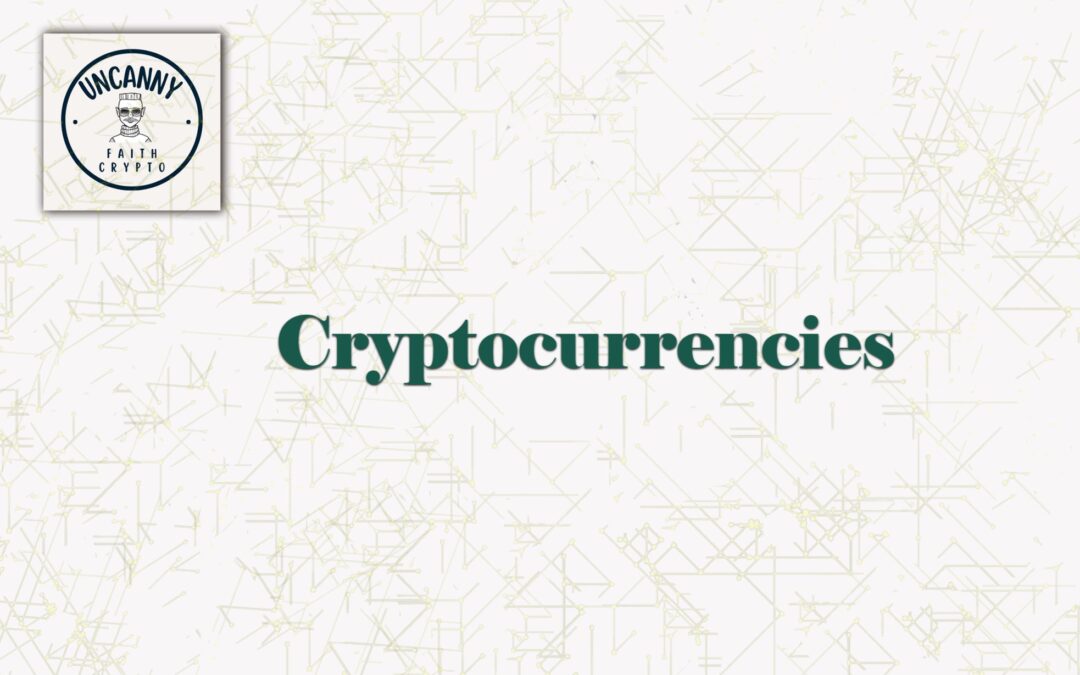The world of cryptocurrency is dynamic, fast-evolving, and, to many, a little daunting. As the decentralised finance (DeFi) space continues to grow, some projects stand out for their innovation and sheer potential to disrupt traditional finance. One such project is Acala Network, often referred to as the “DeFi hub” of the Polkadot ecosystem. With its focus on cross-chain compatibility and a suite of decentralised financial products, Acala has been making waves in the crypto space. But what does the future hold for this ambitious project? How will it adapt to the rapidly shifting tides of the blockchain world? Most importantly, what can you expect from Acala crypto trends in 2025?
This article takes a deep dive into Acala trends, its current trajectory, and predictions for its future, offering insights for traders, investors, and blockchain enthusiasts alike. Let’s explore how this Polkadot-powered network is shaping the future of DeFi.
What Is Acala Network and Why Does It Matter?
Before we delve into the trends and predictions, let’s take a moment to understand what Acala is all about and its role in the crypto market.
Acala Network is a decentralised finance platform that acts as a one-stop-shop for financial services. Operating on Polkadot—a blockchain renowned for its interoperability—Acala is powered by its native token, ACA, and aims to solve many of the challenges plaguing traditional finance and other blockchain ecosystems. By offering products such as a decentralised stablecoin (aUSD), liquidity staking derivatives, and decentralised exchange (DEX) facilities, Acala positions itself as a robust, scalable solution to major DeFi pain points.
Core Features of Acala:
- aUSD (Acala Dollar): A decentralised stablecoin pegged to the US dollar.
- Multi-collateral Lending and Borrowing: Leveraging assets to access stablecoin loans in a permissionless system.
- Staking Services: Liquid derivatives of staked assets (e.g., LDOT from staked DOT) to maximise profits.
- Cross-Chain Interoperability: Seamless asset transfers across Polkadot parachains and other blockchains.
- Customisable Smart Contracts: Using Polkadot’s Substrate framework to offer programmable and scalable solutions.
These features make Acala a significant player in the DeFi sector, but what does its future hold as we inch closer to 2025?
Acala Crypto Trends to Watch in 2025
1. Increased Adoption of aUSD
As decentralised stablecoins continue to gain traction as an alternative to fiat-backed stablecoins, Acala’s aUSD is poised to emerge as a key player. Centralised stablecoins like USDT or USDC have been criticised for lack of transparency and regulatory risks. In contrast, decentralised stablecoins such as aUSD provide a permissionless, trust-minimised solution.
By 2025, industry experts predict aUSD will see expanded adoption, not only within the Polkadot ecosystem but also in broader crypto markets. As developers build on parachains and cross-chain use cases become more ubiquitous, aUSD could solidify its position as a stable payment and lending solution. Partnerships with other DeFi protocols and enterprises could further bolster its utility.
2. The Rise of Liquid Staking with LDOT
Another trend worth monitoring is the increasing popularity of staking derivatives in DeFi. Acala’s liquid staking, especially for Polkadot’s DOT token, presents a unique advantage. Typically, when staking assets for rewards, users lock them up for a specified period, losing liquidity. Acala solves this with LDOT, a liquid derivative of staked DOT, enabling users to earn rewards without forgoing flexibility.
By 2025, the growing awareness and demand for staking yields will likely skyrocket LDOT usage, especially as Polkadot strengthens its ecosystem. Moreover, the trend of using liquid staking tokens as collateral in DeFi platforms—such as borrowing aUSD against LDOT—could make Acala a hub for innovative yield strategies.
3. Growing Importance of Cross-Chain Interoperability
As crypto markets mature, blockchain interoperability will no longer be a luxury—it will be a necessity. Acala has already built its foundation on Polkadot’s shared security and cross-chain compatibility, giving it the versatility to integrate with multiple blockchains seamlessly.
By 2025, we expect Acala’s cross-chain capabilities to expand, allowing its ecosystem to interface with major L1 blockchains beyond Polkadot, such as Ethereum, Solana, and Avalanche. This will empower users to transfer assets across networks, tap into liquidity across DeFi ecosystems, and drive adoption of Acala’s core products like aUSD and its DEX offerings.
4. Shifting DeFi Governance Models
In 2025, crypto governance is likely to be more evolved, with community participation playing a pivotal role in decentralised ecosystems. Acala’s governance model, relying on ACA token holders to vote on network decisions, will gradually mature, attracting a broader range of stakeholders.
Improvements in blockchain voting systems and tools for transparency will allow the community to propose and implement changes efficiently. This increased sense of ownership could encourage wide participation, subsequently improving loyalty and value for ACA holders.
5. Eco-Friendly Blockchain Solutions on the Rise
With global attention on energy consumption, blockchain networks are under pressure to adopt sustainable practices. Acala, through Polkadot’s energy-efficient proof-of-stake (PoS) consensus model, is already ahead of the curve. Gartner projected that by 2025, over 75% of crypto transactions will occur on environmentally sustainable networks.
As Acala builds eco-friendly solutions without compromising scalability, it will likely become more attractive to ESG-conscious investors and projects prioritising sustainability. Partnerships with companies focused on green finance could amplify Acala’s growth.
Predictions for Acala in the DeFi Landscape of 2025
Based on the ongoing trends, here are some bold predictions for Acala in 2025:
1. ACA Token Price Growth
While cryptocurrency markets are notoriously volatile, Acala’s token, ACA, has long-term potential. If aUSD adoption explodes as predicted and staking grows in popularity, ACA’s utility and demand will likely rise—especially as it powers transaction fees, governance, and other protocol functions. Price forecasts suggest that ACA could see significant appreciation by 2025, but much will depend on market conditions and overall crypto adoption.
2. Increased Total Value Locked (TVL)
DeFi success is often measured by the total value locked (TVL) in a network. Acala’s ecosystem-focused products—stablecoins, staking derivatives, and a cross-chain DEX—position it to command a significant share of the TVL across the Polkadot network and beyond. Strong partnerships and development activity will further strengthen this metric.
3. Enterprise and Institutional Interest
As the broader financial industry continues to embrace DeFi, enterprises and institutions will likely play a larger role in crypto investment. Acala’s ability to offer regulatory-compliant products, thanks to aUSD’s design and robust governance, makes it an attractive option for fintech companies. By 2025, Acala could be powering enterprise-grade finance solutions, further solidifying its position in the industry.
Actionable Strategies for Investors and Enthusiasts
Wondering how you can prepare for Acala’s growth trajectory leading into 2025? Here are some practical tips:
-
Diversify with a Focus on ACA and Polkadot Ecosystem:
Consider investing in ACA while also exploring other high-potential Polkadot projects for diversification. -
Leverage Liquid Staking Options:
Maximise your holdings’ earning potential by staking DOT and using LDOT within the Acala ecosystem. -
Stay Updated with Development News:
Follow Acala’s governance proposals, upgrades, and partnerships to stay ahead of new opportunities. -
Use Acala’s Products:
Familiarise yourself with its services, such as aUSD lending, to fully grasp the utility it provides. - Monitor Regulations:
Keep an eye on global regulatory developments that could impact decentralised stablecoins like aUSD.
Frequently Asked Questions (FAQs)
1. What makes Acala different from other DeFi projects?
Acala stands out for its interoperability within the Polkadot ecosystem, as well as its focus on creating a multi-chain financial hub.
2. What is the potential of ACA as an investment?
ACA has strong utility within the Acala network, and its success will primarily depend on user adoption, network growth, and broader crypto market conditions.
3. Is aUSD safer than centralised stablecoins?
aUSD is decentralised and transparent, making it less prone to censorship or regulatory concerns compared to centralised stablecoins like USDT or USDC.
4. How does liquid staking work on Acala?
Liquid staking allows users to earn staking rewards while still having liquidity to use the staked assets (like LDOT) in DeFi applications.
Conclusion
As the crypto space continues to evolve, projects like Acala will be pivotal in shaping the way we interact with finance for years to come. Whether you’re an investor, developer, or DeFi enthusiast, the trends and predictions outlined above demonstrate the immense potential Acala holds as we approach 2025. With its innovative suite of products, cross-chain capabilities, and community-driven governance model, Acala is undoubtedly a project to keep on your radar.
The future of Acala crypto is bright, and the next two years could be pivotal in defining its legacy within DeFi. Are you ready to ride the wave?

